|
This past weekend, TJS celebrated the completion of its first 5-week bilingual storytellers training with a group of incredible women. These trauma-informed trainings equip people with lived experiences to tell their stories on multiple advocacy platforms, from focus groups to legislative hearings to rallies. We focus on helping women and survivors of trauma move their stories to a place of healing and eventually tell them to catalyze change. The thing we love most about this training is watching the evolution of each participant's storytelling potential and advocacy power.
Now, how did we manage to bring together multilingual trainers with a variety of expertise and build rapport and community with a class that was half Spanish-speaking and half English-speaking? At the beginning, the community piece especially seemed like quite a challenge. One of our goals is to ensure participants can lean on each other for support, that they feel present to one another's journey and in community with one another. Here are some tips on how to hold a successful training with two or more languages.
We encourage you to use these tips to make your trainings more accessible to all language speakers. Please keep your eye on our blog for more tips down the road!
0 Comments
Our April 13th Second Chance Employer Symposium, in partnership with A Chance to Thrive and Council for Court Excellence, was an opportunity to exchange ideas around fair chance hiring, working with employers to further opportunities for returning citizens, and promote equity in the workplace. Resources, Resources, Resources!Check out our participants' shared materials for fair chance hiring and retention, as well as our speaker bios to learn more about all their amazing work around equitable employment!
The U.S. accounts for over 20% of the world's prison population but only 5% of the world's total population. While many justice reform advocates share a vision of ending mass incarceration, what does the concept of "criminal justice reform" really look like across the system? In truth, the movement is an intricate, concerted effort in changing a multi-layered problem, from arrest to reentry. This multi-layered, clickable tool allows you to explore the various corners of the criminal justice advocacy world. While it only scratches the surface, it offers a bird's eye view on how various parts of the system interact and add up to disparate and unjust outcomes that neglect the underlying causes of crime and violence. Want more content like this? Check out our Subkit subscriptions.
|
What we're aboutCheck back for posts on leadership, program development, and criminal justice. Archives
January 2024
Categories
All
|
||||||||||||||||||||||||||||||
Photo from shixart1985






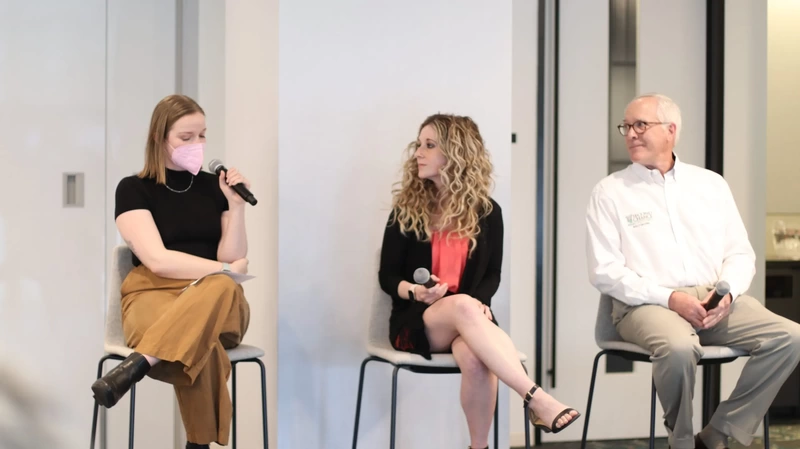
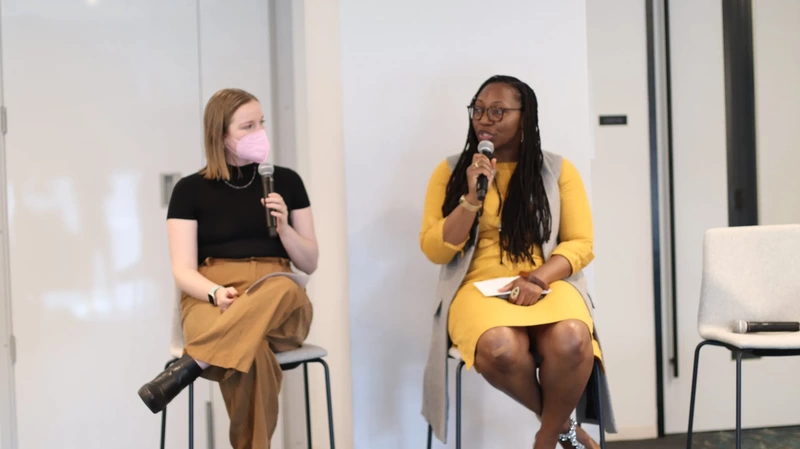
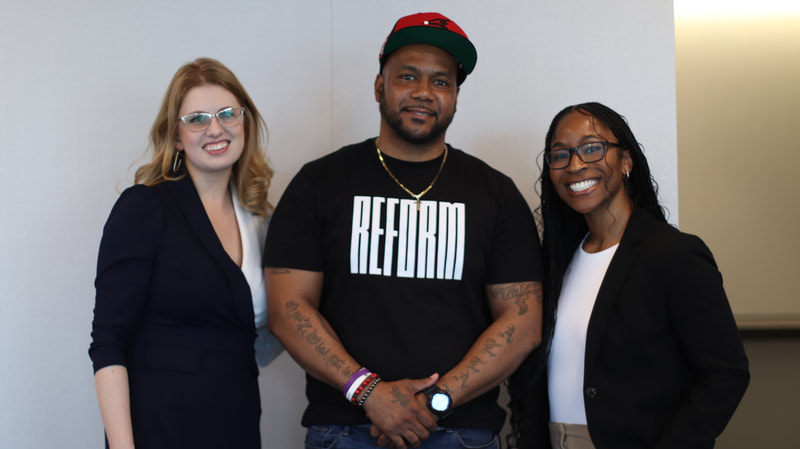
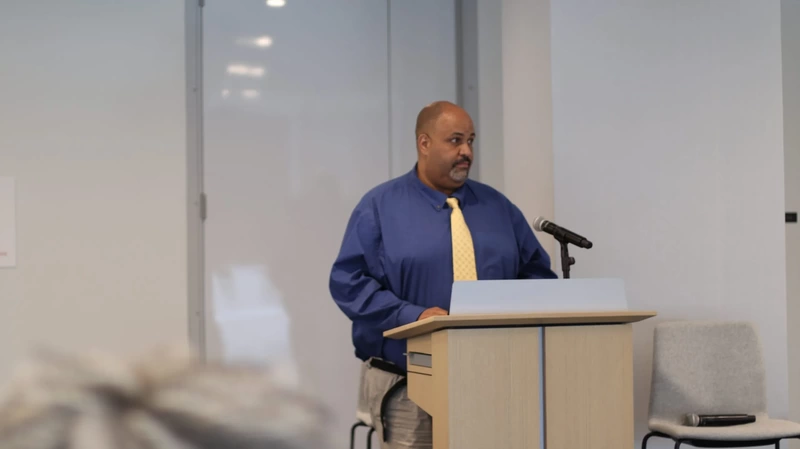
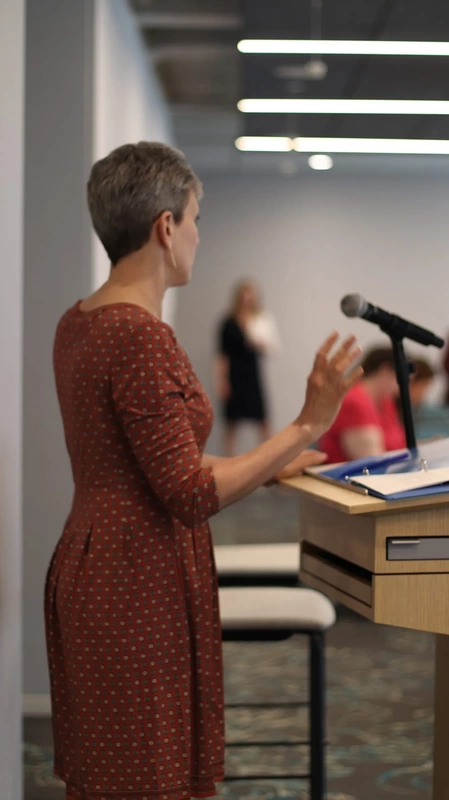
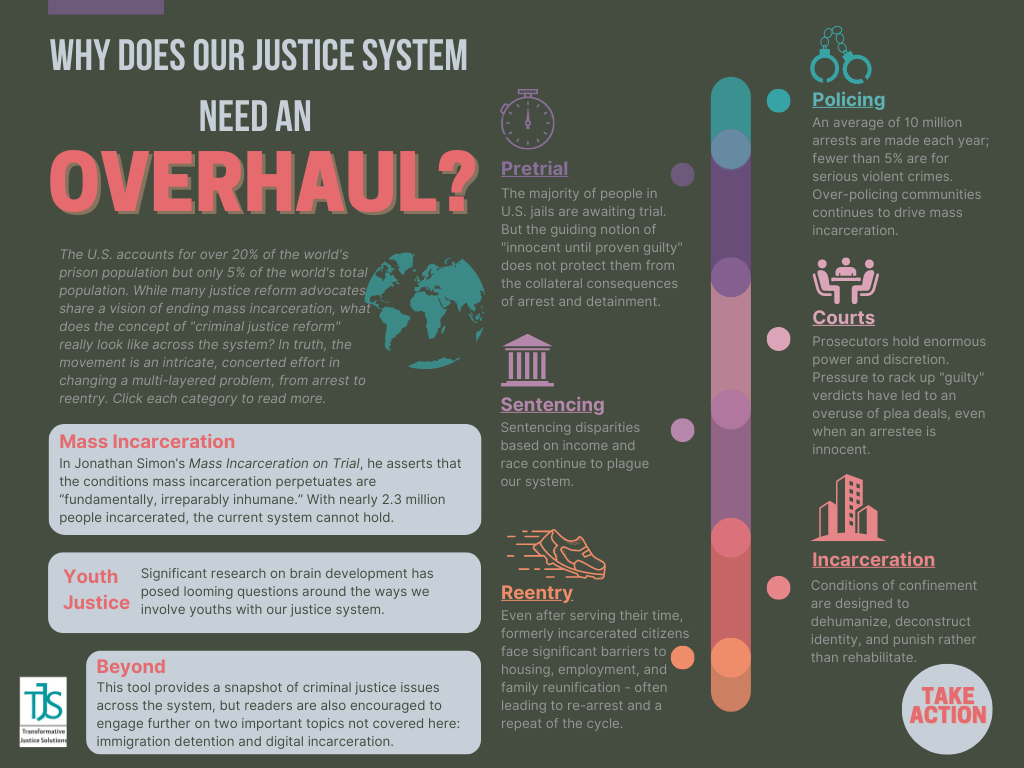
 RSS Feed
RSS Feed